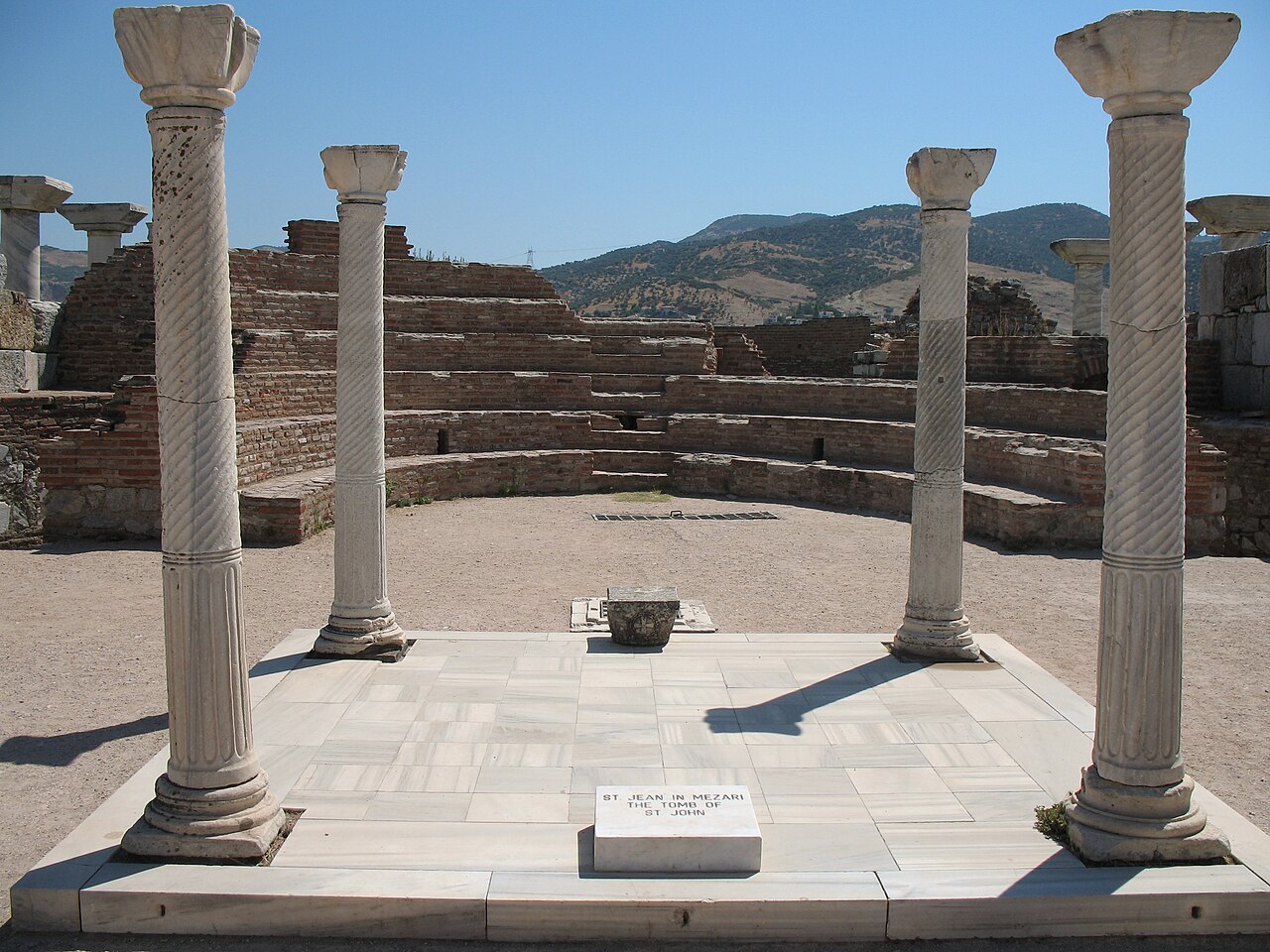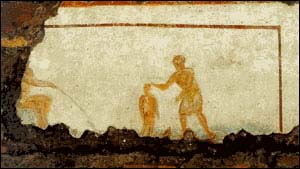I have complained many times of the difficulty in finding the truth about the origin and development of Christianity due to the widespread Christian practice of interpolating passages into the witnesses, especially the so-called neutral witnesses such as Seutonius, Cassius Dio, Josephus, Pliny the Younger, and others. But as I read the church fathers I discovered almost all of those writing before the 4th century had also suffered interpolation. This causes me to be angered, frustrated, and saddened all at once.
But then a few days ago, as I tripped over another Interpolation in Origen, right after finding a rather mindless one in Irenaeus, and Epiphany happened. I realized that I was looking at the matter all wrong. These interpolations are telling us something very important. Of all the subjects concerning Christianity these interpolations seem to cover only a few points of contention. And they spread from one work to another, each reinforcing the other. But why were they done? What was so important about them?
%20-%20(MeisterDrucke-107565).jpg) |
| Peter vs Simon Magus, Benozzo Gozzoli (c. 1460s) |
Simon Magus, the Root of Heresy:
When gazing at the Gozzoli image to the left, where Simon Magus has gone splat on the pavement in front of Emperor Nero after Peter compels a daemon to release Simon while in flight, I realized there was a reason the Simon story was important. Why the pseudo-Clementine Recognitions and Homilies chose this character to play the role of the lead villain in Peter's tale. And why so many place him at the root of all heresies. So strong was this myth of heresy's origin with Simon that later scribes found it necessary to implant his story in earlier works which had no mention of him.





 87: Papyrus 87, recto, Philemon 24-25, c 250 CE
87: Papyrus 87, recto, Philemon 24-25, c 250 CE